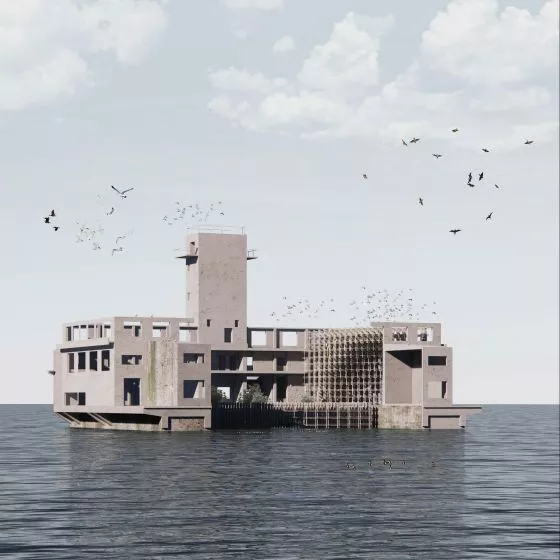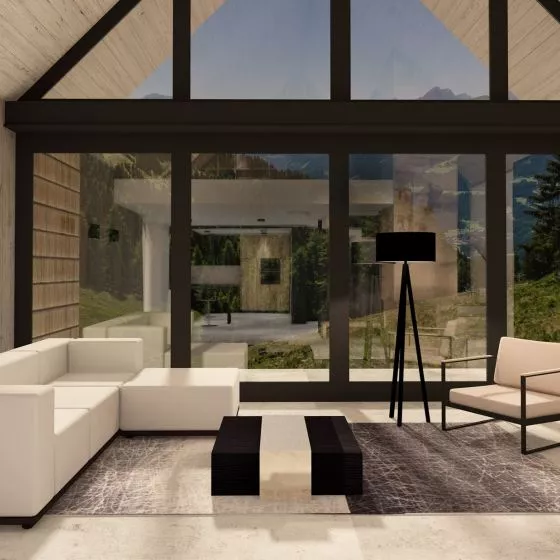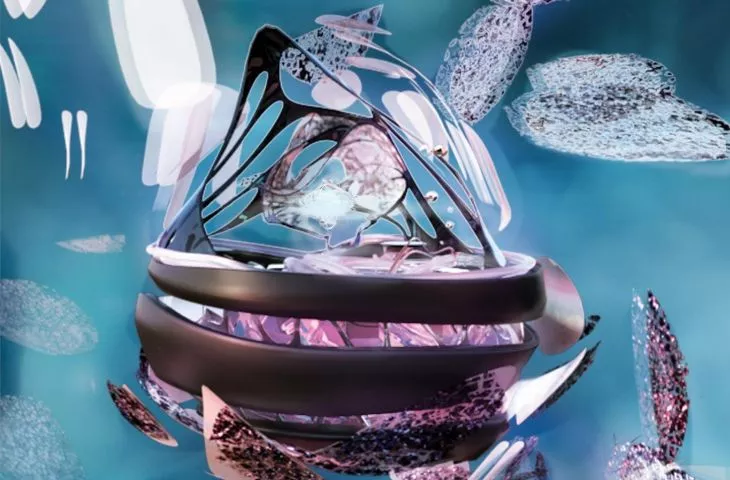designing in virtual reality
Virtual reality is a well-known concept today. Every year we learn more about its applications, and already, due to its creative possibilities, it is being used in the entertainment sector, and is successfully operating in such industries as education, medicine, architecture, commerce, media and tourism. Moreover, in covid reality, it may prove to be a new platform for communication and everyday life in general. It is also a medium that provides many opportunities for us - artists, designers and architects. It allows us not only to design spaces, but also to create experiences, interactions, stimulate emotions and create a world that is in perception almost as real as the one we live in. Because does the fact that it is a virtual world make it less real? In it there are no limitations, no laws of physics, we do not have to limit our imagination. Anything is possible here. All you need is an idea.
inspiration - tears in microscopic view
© Joanna Wojtaszek
virtual scenography inspired by fantasy literature - an alternative world of human tears
The thesis presented here is a virtual stage design, which is one possible answer to the questions of what the inside of a human tear looks like and how it works. It is the author's idea, which stems from the desire to juxtapose the element of everyday life with fairy-tale, magic. By creating an analogy to something that accompanies us in everyday life, the user of the described space can read the references himself. This stimulates curiosity and makes it easier to identify with the spatial situation. I chose the tear from many elements of everyday life because of its association with emotions. Although it also serves other functions, it is often the result of our human sensitivity. It can be taken as a sign of weakness or strength and a journey to its center can be at the same time a journey into the depths of humanity. The characteristics of tears associated with transience, fluidity and the aforementioned sensitivity became the main postulates of the project. This is a subject close to each of us, because as humans we intensely experience the situations we encounter and, importantly, we experience them very differently. The designed space is not just a foundational situation to be in, but responds to the actions and emotions of everyone who experiences it.
zone visualization
© Joanna Wojtaszek
zones of the designed space
The project has three zones between which one can move by teleportation. These are: the main pavilion, the observation station and the bubble interior zone. All of these are located in a world of floating creations surrounded by a surface with numerous bulges, from which levitating bubbles are formed based on the naturally occurring process of exocytosis. The main pavilion is the starting point where the user appears after putting on the VR goggles. From this level, it is possible to observe the space surrounding the station and interact with it. The element that allows the user to act is the controller located in the center. It is a sphere of energy centered at a single point, which sends pulses of light to all the forms around it in response to touch, bringing about changes in their appearance. It was inspired by the Patronus spell described in J.K. Rowling's books. Responding to touch, a wave of this matter passes through the surroundings as if from a wand after the spell is uttered, changing the planes and bubbles surrounding the main pavilion.
project zones
© Joanna Wojtaszek
The form of the pavilion refers to the shape of a teardrop and its lightness, fluidity and delicacy. The perforations used and the surrounding planes, as if stopped in the process of self-creation, give a sense of coherence with the surroundings. Thanks to a teleporter in the pavilion, it is possible to get to the observation station and the interior of the bubble, and from there look closely at the surrounding forms.
Inspired by the view of tears from under the microscope
To transfer the emotional charge of tears to the space, I used views of tears from under a microscope when creating graphics scrolling through the structures of the forms. It turned out that they are structurally different depending on the type of emotional stimulus. Thus, we can see the differences between tears induced by laughter, sympathy or grief. This brought to mind the language with which the project can communicate with the user. It is not literal, it is based on emotions - just like the changing structure of tears.
the structure of tears under the microscope
© Joanna Wojtaszek
Often we are able to realize much more by finding analogies to our lives in seemingly completely unreal situations. Hence the numerous inspirations of fantasy literature, which offers us a passage into a completely different world and an immersion into a reality limited only by our imagination. Seemingly different action allows us to understand the mechanisms of the world in which we live and ourselves. And it all started with a single tear.
The diploma is published as part of the Best Diploma - Interiors competition.
{tag:studenci}
© Author



























